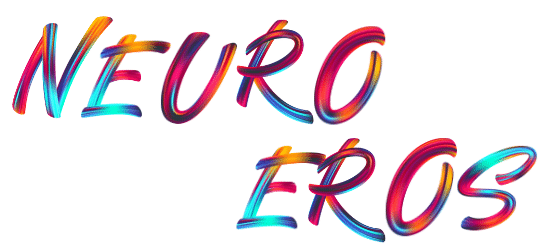Homosexual attraction is a reality experienced by millions of people around the world. It is characterized bysexual and/or romanticattraction to a person of the same sex. In this article, we’ll explore the different aspects of homosexuality and attempt to demystify certain preconceived ideas.
A first look at homosexual attraction

It’s important to realize thatsexual attraction andromantic attraction are not always linked. Some people may be sexually attracted to individuals of the same sex, without feeling any real emotional attachment. Conversely, it’s possible to fall in love with someone of the same gender without feeling any sexual desire for them.
Different sexual orientations
There are several categories of sexual orientation:
- Heterosexual: attraction to people of the opposite sex.
- Homosexual: attraction to people of the same sex.
- Bisexual: attraction to people of both sexes.
- Asexual: absence of sexual attraction to others.
These categories are not fixed, and can evolve over the course of a person’s life.Homosexual attraction can therefore be seen as a continuum, with varying degrees of intensity and preference.
The development of homosexual attraction: nature or culture?
Scientists have long pondered the origins ofhomosexuality. While some research has pointed to genetic, hormonal or environmental factors, no theory has yet been definitively proven.
Biological factors
Several studies suggest thathomosexual attraction may have a biological basis, particularly genetic. Researchers have, for example, identified regions of the human genome that appear to be associated with sexual orientation. Other studies are examining the role of prenatal hormones in the development of sexual attraction.
Psychological and social factors
It is also possible that psychological and social factors influencehomosexual attraction. For example, some specialists suggest that homosexuality may result from identification with, or a privileged relationship with, a parent of the same sex. These hypotheses remain controversial, however, and require further research.
The challenges of self-acceptance and coming-out
For people who feel a homosexual attraction, it can sometimes be difficult to fully assume this orientation in the face of social and cultural pressures. The process of self-acceptance is often fraught with pitfalls, but it is essential to building a fulfilled and serene identity.
The weight of stereotypes and prejudice
Many preconceived ideas circulate abouthomosexuality, reinforcing stereotypes and discrimination. It’s important to be aware of these limiting beliefs, and to challenge them, so thathomosexual attraction can be better understood and accepted.
Coming-out: a personal and unique journey
Coming out – revealing your sexual orientation to those close to you – is a key moment in the life of a gay or bisexual person. Everyone experiences this passage in their own way, according to their own values, needs and environment. There’s no “right” way to come out, the most important thing being to be sincere with yourself and others.
The importance of support and alliances between different LGBTQ+ communities
In the face of the challenges faced by gay and lesbian people, support and solidarity are essential. LGBTQ+ (Lesbian, Gay, Bisexual, Transgender, Queer and other) associations and groups play a central role in promoting equal rights and fighting discrimination.
Associations and self-help networks
Numerous organizations work to help people experiencing homosexual attraction, notably by providing forums for dialogue and listening. These associations can also provide information and resources on issues of health, well-being and rights for homosexuals.
The alliance between different LGBTQ+ communities
The diversity of experiences of members of the LGBTQ+ communities is a strength that can lead to greater mutual understanding and more effective mutual support. Inter-community initiatives such as cultural events and awareness campaigns help to strengthen this alliance and advance the cause of equality for all.

I’m a young man studying in the field of health and sexuality. Passionate and committed, I am known for my dedication to my studies and my desire to make a significant contribution to society.
I am particularly interested in issues of consent and prevention in the field of sexual health, a subject that I feel is crucially important and often neglected. Those who know me well describe me as an empathetic person with an incredible ability to understand and support people in need.
I strive to demystify preconceived ideas about sexuality and improve attitudes and perceptions around sexual health. I’m a passionate advocate of the importance of sex education and consent education in universities, recognising the major transition students are going through in terms of their love and sex lives during their studies.
With a keen eye on society, I am particularly concerned about the problems of forced or unwanted sexuality among students, which I find unacceptable. I plan to devote my career to changing these disturbing statistics, by creating training and intervention programmes to improve knowledge, attitudes and behaviour relating to sexuality among young people.
My ultimate goal is to create an environment where every individual has the power to make informed choices about their sexual health, and where respect and consent are the norm. Overall, I am a character who represents commitment, compassion and the desire to make a difference in the world.
